My son’s teachers immediately agreed when I suggested making an insect nesting aid (insect hotel, bee hotel or wild bee house) with the children. The animals don’t need such a house to spend the night in, but to lay their eggs. The brood grows in the insect nesting aid and hatches the following spring. Without nesting opportunities and a lack of food, there will be no more wild bees the following year, as the animals die once they have laid their eggs. However, flowering plants that provide food in the vicinity of the nesting aid are even more important than handmade or purchased nesting aids. The nesting aids do not save the wild bees, but they do allow wonderful observations at eye level. A wide variety of nectar-rich, unfilled flowers over a long period of time are important for our wild bees.

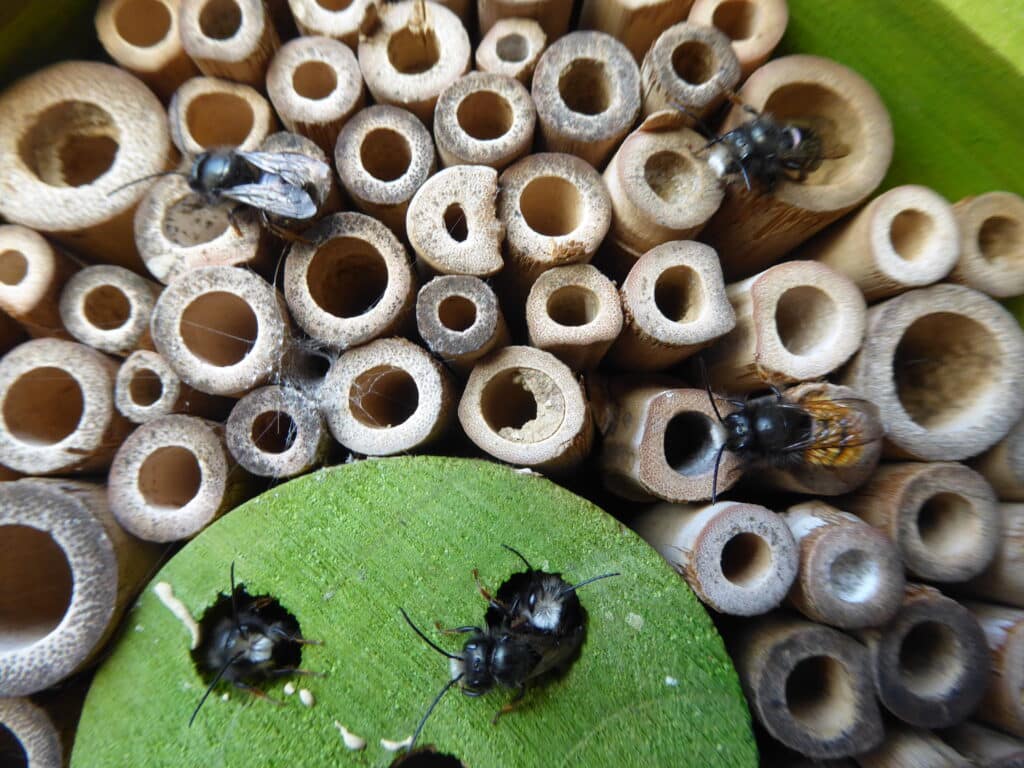

The children got off to a great start, because two days ago a fifth grader gave a presentation on bees, which he had given in his class, to my son’s class as well. A great opportunity for the fifth grader and a benefit for the children. Well organized, dear teachers.

We needed material:
- hollow reed or bamboo stalks (DIY store) or straws
- Tile adhesive or plaster
- Water
- a bowl and a spoon for mixing
- an empty tin can as high as possible
- secateurs or a small foxtail saw
- Optional acrylic lacquer to embellish the tin can.
The teacher shortened the bamboo stalks to different lengths as each child had brought a different tin can. The stems should not protrude over the edge of the can so that they are protected from moisture. They and the can should be at least 10 cm long, the longer the better. The bamboo and reed stalks should also be completely open. The children made sure to choose sections without knots in the stalks or to use them as the back end. Then came the fine work with a file and sandpaper. Burrs and splinters created during sawing were removed. Hand drills, cordless drills and large screws were used to improve the openings of the stems so that the wild bees could easily slip in. The children attached great importance to providing smooth surfaces and attractive openings for the bees, as otherwise the bees could injure their delicate wings.

They had a lot of fun mixing the tile adhesive (or plaster) with water and filling it into the tin to a height of about 1 cm. They worked carefully so as not to injure themselves on the sharp edges of the can. They pressed the stems into the moist tile adhesive so that they were firmly in place. The stems should not be able to be removed, otherwise hungry birds could easily take the stems with the insect brood. The box was then decorated with acrylic paint.
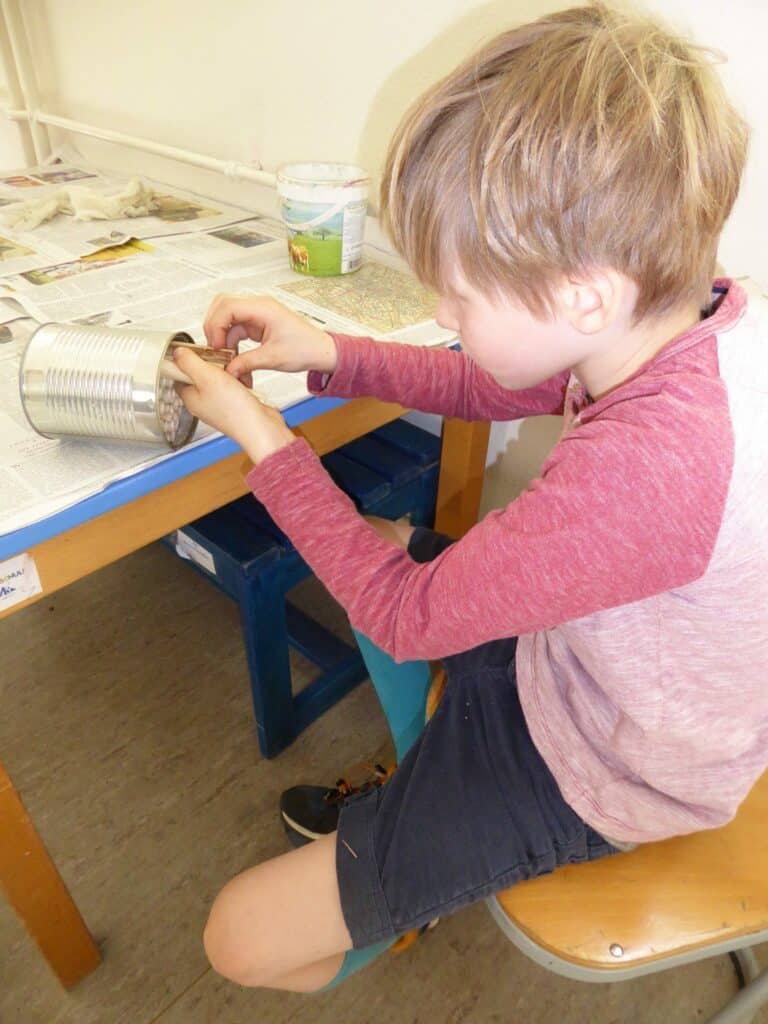
We still wanted to use real straws. The girls brought a whole bag of straw from horse riding. We couldn’t use them because they were bruised and split. Good straws are available here, they weren’t delivered in time:
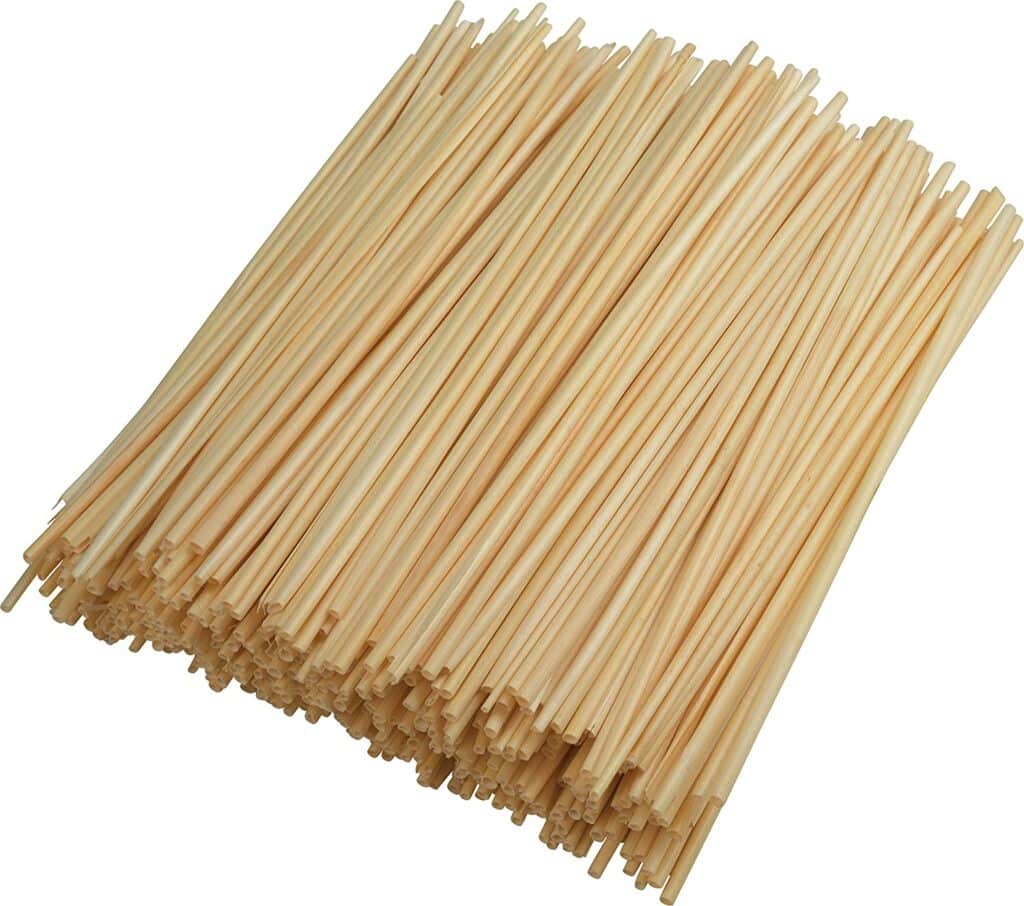
Are wild bees aggressive?
Wild bees have a stinger, but only the female wild bees. They are not aggressive and do not attack humans.
How should the insect nesting aids be hung or positioned?
The following is suitable for hanging insect nesting aids Sunny, warm, sheltered place. Optimal is an alignment to Southeast to southwest, protected from direct rain. The insect nesting aid should always be placed horizontally and not upright.
When parents want to buy insect nesting aids, Here are some good suggestions from practitioners and lots of information on insect nesting aids.

I have just picked up the remaining materials from school. The children immediately showed me their butterfly caterpillars, which they have been caring for as a project since yesterday. I think it’s so great that these children are growing up in the city with a connection to nature, it’s so important. Thank you dear teachers. The teachers were very happy about this craft activity, especially as I showed pictures and small videos of the wildlife on the balcony at the end. I was booked to make insect nesting aids for the next class and was recommended to expand this segment. That makes me very proud and happy.


Insect-friendly balconies
You can find interesting facts about wild bees and recommendations on where to buy insect nesting aids here.
More important than insect nesting aids per se is the provision of food for our insects over the long period from the end of February to October. Ensure a varied, continuous flowering sequence. Here you can find great examples of insect-friendly balconies from urban balcony gardeners Atessa BienhülsMarie Fey, Stefanie Binder and Lilli Erasinwho enriched the 4th Online Organic Balcony Congress. The 27 video interviews from “My biotope on the balcony. Experience nature and harvest happiness in the middle of the city” can be purchased for a small price. They give lots of tips on designing and simple, time-saving maintenance of low-maintenance, animal-attracting balconies. Pictures of their balconies embellish my book, where you can read more detailed information on designing insect-friendly and bird-friendly balconies. With such balconies, you can experience great nature observations without having to travel.
You can find even more information on designing insect-friendly balconies in the 6th Online Organic Balcony Congress Can you plant animals? from 26.02. to 07.03.2021. The experts Dr. Melanie von Orlow, Dr. Corinna Hölzer and Katharina Heuberger will speak specifically about designing wild bee-friendly balconies.

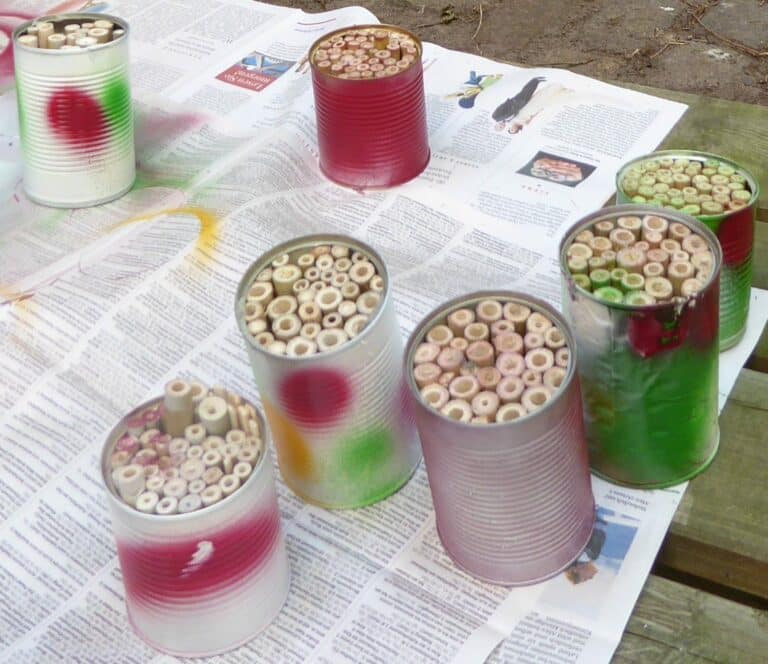


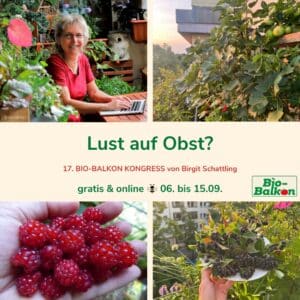

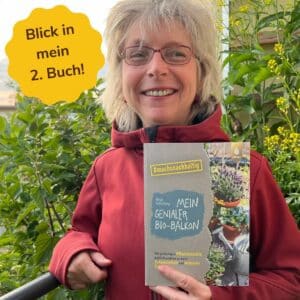


11 Responses
Great ideas thanks hopefully the gift will work out.
Greetings from Austria
Started
nice idea… but i wonder if it won’t get too hot for the bees in the box,
and acrylic paint ???
Wild bee expert and practitioner Werner David from the Naturgartenverein https://www.naturgartenfreude.de/wildbienen/nisthilfen/dosenbienen/ recommends tin cans, as do BUND and NABU. His insect nesting aids made from tin cans are accepted by wild bees. You can leave out the acrylic paint. Thanks for the tip.
It’s a nice idea to do handicrafts for children to introduce them to the topic at an early age, but I would also be concerned about whether the tin might not get too hot and the indoor climate might even be deadly for the brood? I don’t think the acrylic paint is a good idea either, as the insects — like us humans — are already heavily contaminated! I had a painted bird hotel (nesting box) that was strictly avoided by the birds. I think that small animals and insects know exactly what is good and what is not! I would therefore not use glue, as it is often very toxic (even more so when the can generates heat!)! You can also wedge the wood in such a way that it cannot be destroyed mechanically. And a small wooden box can be made quite easily from leftover planks of wood and a few nails. We always make lettuce planters out of these. It works wonderfully and lasts for several years despite contact with the soil! In general, I think that children should be offered alternatives without chemicals in order to train them in their thinking and environmental awareness! You can make a lot of things without running to the DIY store first!
Dear Andrea, thank you very much for your many comments. Empty tin cans make excellent nesting aids for solitary wild bees and wasps. This is also what wild bee expert and practitioner Werner David from the Naturgartenverein says https://www.naturgartenfreude.de/wildbienen/nisthilfen/dosenbienen/. His insect nesting aids made from tin cans are accepted by the wild bees. I got the instructions for making them from BUND or NABU. We didn’t buy them from a DIY store, but used old tin cans, so we recycled them. From my own experience, I know how important it is to keep the tubes firmly in the can so that woodpeckers or tits can’t pull them out. Woodpeckers and tits have strength, they pull the tubes out. Third graders are not always so adept at wedging the tubes. For them, the craftsmanship — picking out suitable tubes, i.e. not protruding over the edge of the box, filing off the burrs, drilling out the holes, inserting them into the box with the “nice” smooth side — was really challenging. They worked for 3 hours. I am glad that the teachers gave up 3 hours of lessons in the main subjects, this is not a matter of course! Many teachers would not have taken on such a time-consuming craft activity that is not part of the curriculum. You can do without the acrylic paint, but the children enjoyed it, it was environmentally friendly paint, but still chemical, you’re absolutely right. I wholeheartedly agree with you about offering children alternatives without chemicals and also creating a connection to nature, which was a great need for me.
Great job dear Birgit — we will be reordering this at home straight away!
Dear Julia, I’m delighted. Have as much fun with it as we did. Our insect nesting aid has been given a good sunny, dry spot on the balcony and very small wild bees have already taken an interest in it.
of course, sorry…
Hello, I’m not sure about the bottom of the can. I cut the lid and (?) bottom off the can. Then I fill the open can with approx. 1 cm. plaster. Do the cans then stand on a base for a few days so that the plaster dries with straws? I would be very pleased to receive an answer, as I would like to build the insect hotel with 13 7‑year-old girls. LG Annika
Dear Annika, you will have a lot of fun making these. Only one side of the tin needs to be open — it already is when you open it — to get the contents out and eat them. Fill the closed bottom of the tin with 1 cm of plaster (or floor glue). The stems or bamboo tubes, cut to size and filed straight, are pressed into the soft mass. Place the tin on its bottom side to dry. One night is enough for drying. Have fun making it. The box will probably not be covered until next spring, as the common mason bees have already flown. These tins are always an eye-catcher on the balcony, we love looking at ours. I hope you enjoy them.
Dear Birgit,
Once again, many thanks for the valuable idea !!!
I’m going to make tin hotels + decorate/cover them with fabric scraps in line with a previous tip from you. Attach the fabric scraps to the cans with ribbon — you could use parcel string, cotton ribbons, pot holder yarn or even floral wire.
I got the idea from the question of the cans possibly overheating. And you once gave the tip of covering black or dark planters with fabric, which I found so valuable + helpful.
I think your commitment to schools is wonderful!!! HG Ingrid